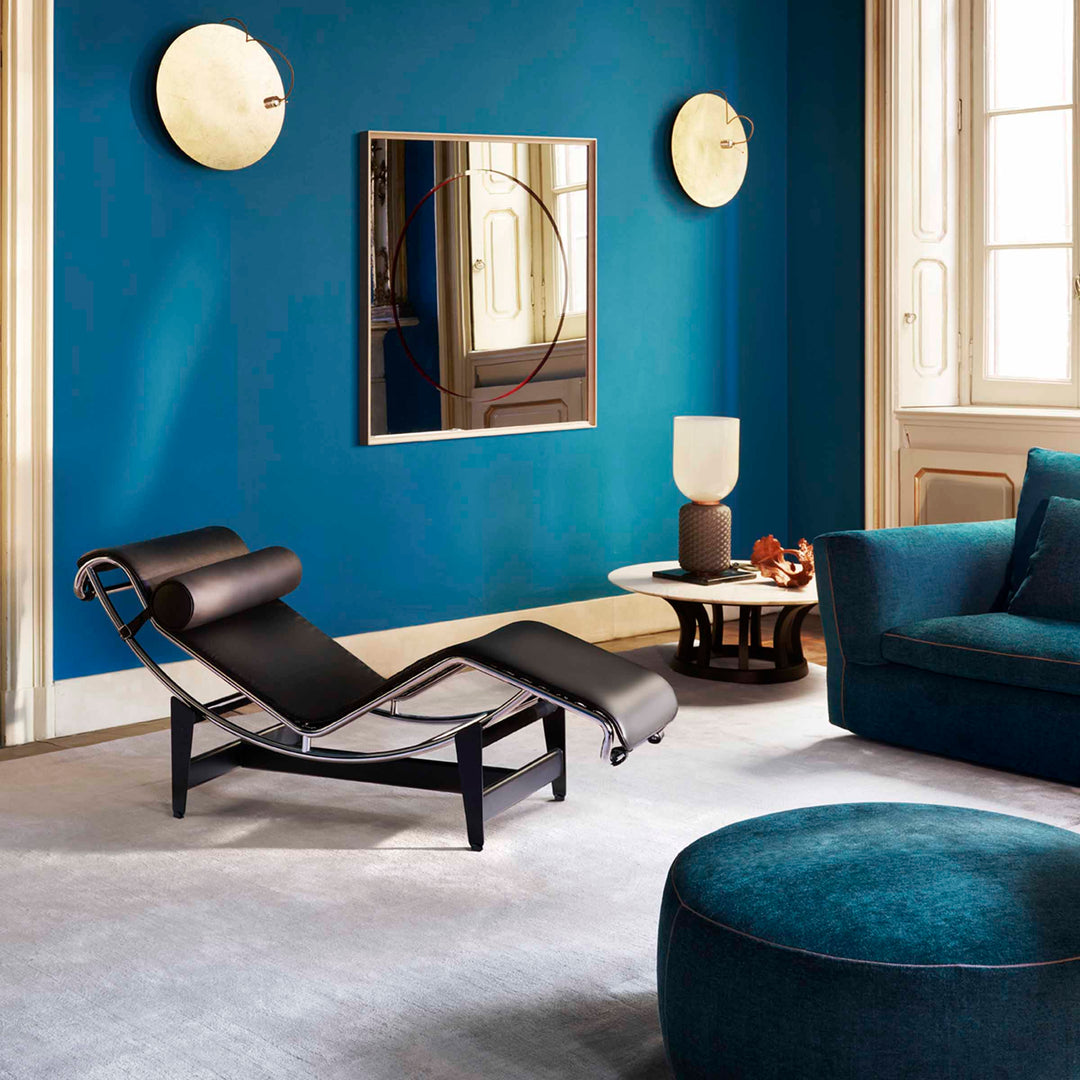#11 BERLIN
THE BLOG - curated by Antonella Dedini
DESIGN ITALY IN THE WORLD
BERLIN
Berlin is a city so rich in history that culture and memory are the pivot on which this place thrives. At its center is a sustainable vision of recovery, experimentation, and reuse. Never destroy what has been: a necessary mantra leads to preserving to remember and changing to improve. Buildings, city sections, monuments, a former power plant... everything takes on new life, only the Wall has been torn down, but there remains sufficient evidence not to forget.
It is the city of the young, students, and perhaps the most livable and generous metropolis for multiculturalism and underground provocation. Artists, architects, and designers come from all parts of the world because Berlin is the epicenter of Modernism and countercultures. From all this, one can weave the thread that connects the masters of the past with the designers of the present.
In this journey through the cities of the world, where we imagine visiting the homes of distant friends, we compose in our fantasy an apartment in Berlin furnished with furniture and colors typical of the modernist culture that influenced much of the 20th century. These pieces, combined with contemporary design furniture, make the environments extraordinary and precious. And it is by observing some objects designed today that we realize how this culture has inevitably influenced the course of the history of design with materials and shapes still extremely relevant.
THE ENTERTAINMENT AND RELAXATION
It is important to remember...
The renowned Bauhaus school was founded in Weimar, in the heart of Germany, in 1919 under the guidance of Walter Gropius. The goal was to promote a way of living in step with the times, with functional, affordable, beautiful, and durable furniture.
The art institute aimed to train an artist-craftsman capable of mastering form, technique, and functionality together.
In the field of chair design, a significant innovation occurred in 1925: Mannesmann tubes, originally used in bicycle construction, were employed for the first time in crafting the structure of an armchair. Replacing the curved wood of the then-famous carpenter Thonet with steel was certainly ingenious, modern, and more economical.
Bauhaus was a different kind of school, based on collaboration between masters and students.
Notable figures associated with it include Paul Klee, Johannes Itten, Piet Mondrian, Oskar Schlemmer, Vassilij Kandisky, Lyonel Feininger, Mies van der Rohe, Josef Albers, and Marcel Breuer. The aim was to seek a new language in the arts, design, and architecture, free from the constraints of the classical world, to best represent the values of early 20th-century society. With these premises, the Modern Movement emerged, inspiring many designers to forge new ideas. Among them was Le Corbusier, who was one of the masters of the Modern Movement and made significant contributions to the architectural and urbanistic debate in the early 20th century.




























